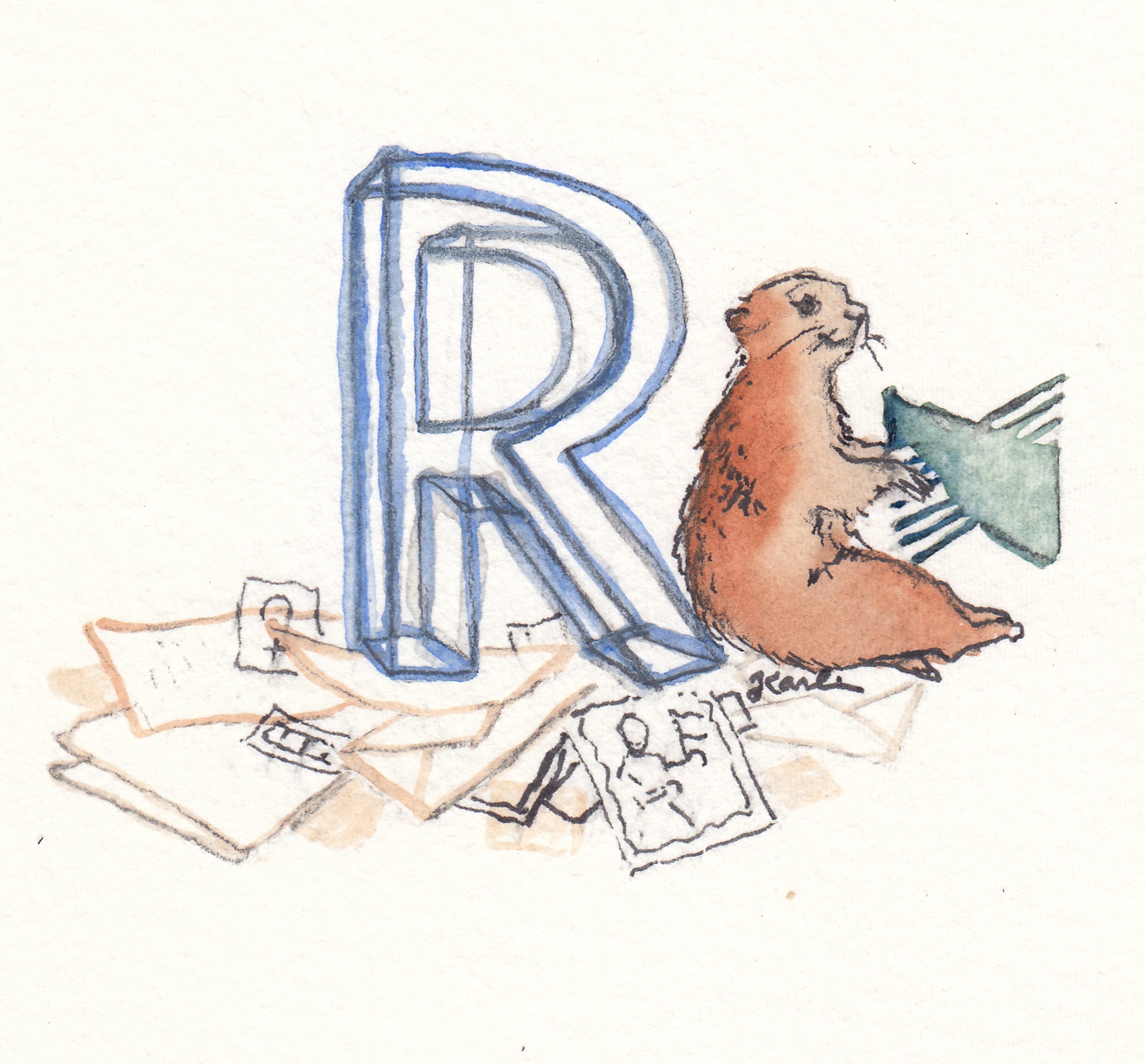
Manifold Digital Services Spotlight: Reanimate Publishing
This is part 9 of the Travels with Terence series, following our digital projects editor on his pilot press in-person training program. This March brought Terence to Salem, Massachusetts, to meet with Reanimate Publishing. Reanimate is co-directed by Roopika Risam, Assistant Professor of English and Faculty Fellow for Digital Library Initiatives, Salem State University and Carol Stabile, Associate Dean of Strategic Initiatives and Professor of Women and Gender Studies, University of Oregon.
Thrilled to be in Salem talking about https://t.co/pJz76fAfRU & @ManifoldScholar w/@roopikarisam. Our first session—which we did over coffee at a local shop yesterday—lead to a fruitful discussion among the team on how to better serve those surfacing archival materials.
— Terence Smyre (@tremayning) March 7, 2019
Reanimate noted their reasons for choosing Manifold:
Faced with the challenges of designing and implementing an intersectional feminist workflow, labor model, and user experience, Reanimate is inspired by Manifold's interactive publishing platform and their interest in working with us to imagine new directions for open access to undigitized intersectional feminist writing in archives.
Reanimate’s vision includes a set of questions:
- What might an intersectional feminist workflow for scholarly communication look like?
- What does it mean to design an open access labor model based on intersectional feminist values?
- What would a financial model based on these principles look like?
- How can the workflow, labor deployment, and financial model be self-sustaining while maintaining a commitment to open access publication?
- What does an intersectional feminist user experience with open access editions look like?
To which we add—how can Manifold fit into this conception of work, labor, process, user experience, and maintenance?
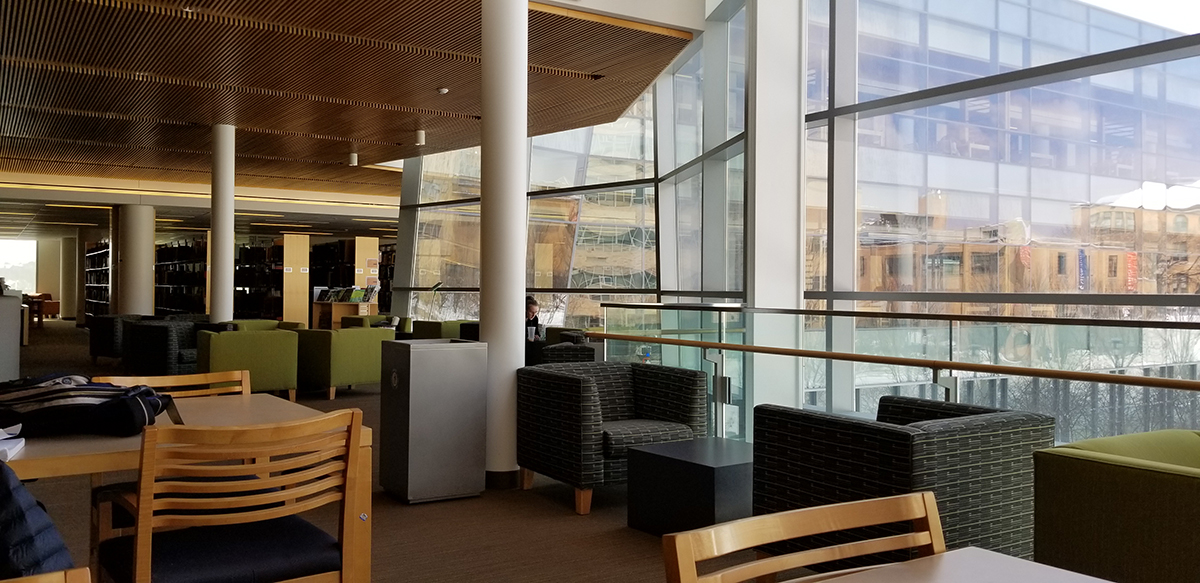
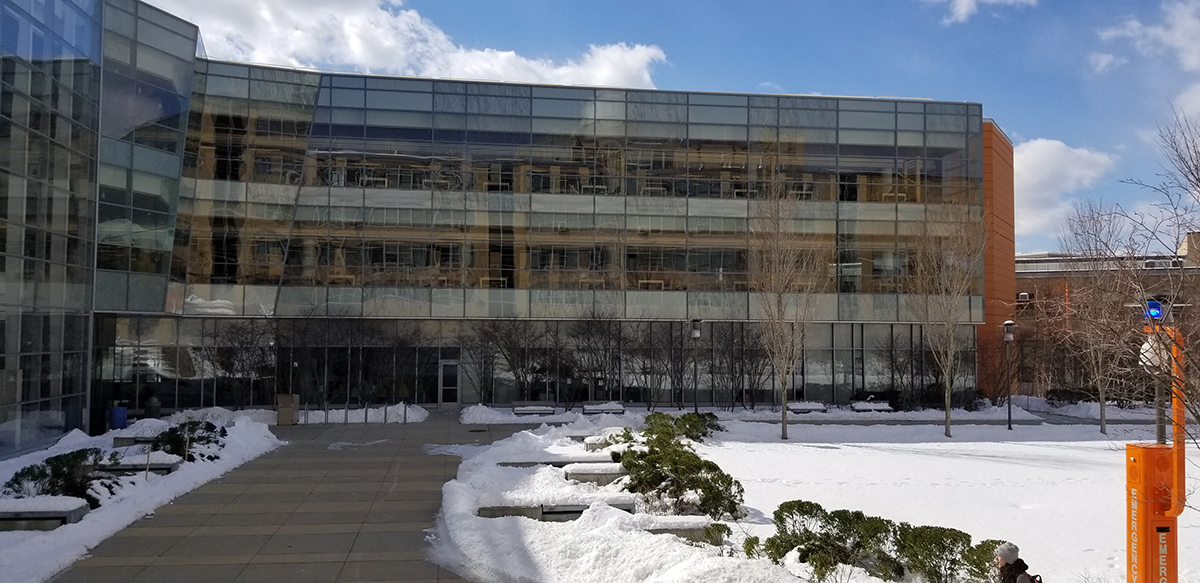
A big part of the Manifold Digital Services Pilot has been to see how the platform fits within different existing workflows, how its development can best suit diverse needs, and what features the different use cases require. With their emphasis on archives and an intersectional feminist approach, Reanimate takes advantage of features in new and exciting ways.
Terence remarked:
Process was a huge part of our conversation. We started with the ways Manifold can extend a publisher’s existing workflows, dissecting how we use Manifold at Minnesota. Then Roopsi and I exploded that out and started thinking through different ways to approach Reanimate’s initial projects, mentally sketching out a process that would be appropriate for collaborative DH publications rooted in archival materials. Doing so lead us along other related paths, from conceptualizing where and how a DH project can be oriented alongside Manifold to the ways in which the Manifold reader could support more dynamic elements. When Matt and Krysia joined us remotely from New York, the conversation continued through an OER lens, charting how Manifold is being used in the classroom right now at CUNY and how instructors are organizing their materials in different ways to meet the needs of their students. It was really great to have Justin Snow, a member of the Reanimate collective and the Digital Initiatives Librarian from Salem State, join us on Thursday and Friday for those conversations. Unfortunately Carol was not able to attend in person this week, so I’m keen to get some remote sessions scheduled to get her perspective before we connect later this summer at the ACH conference in Pittsburgh.
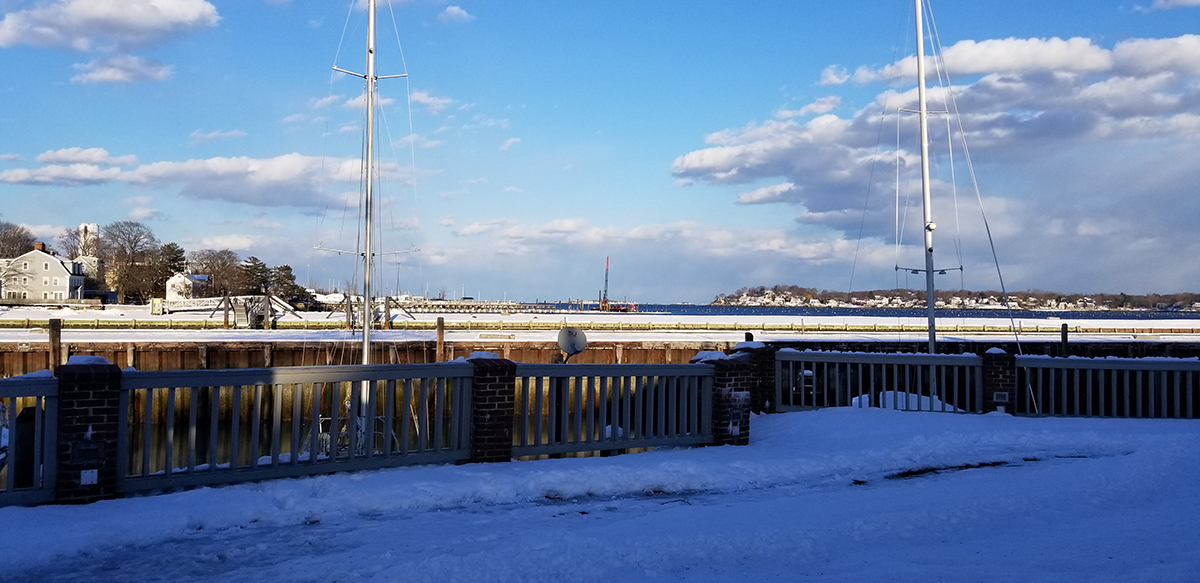
- Miles Travelled: 2,260
- Desserts to die for: Nutella Crème brûlée at the Hawthorne Hotel and Flourless Chocolate cake with caramel and ice cream at Finz. Yum!
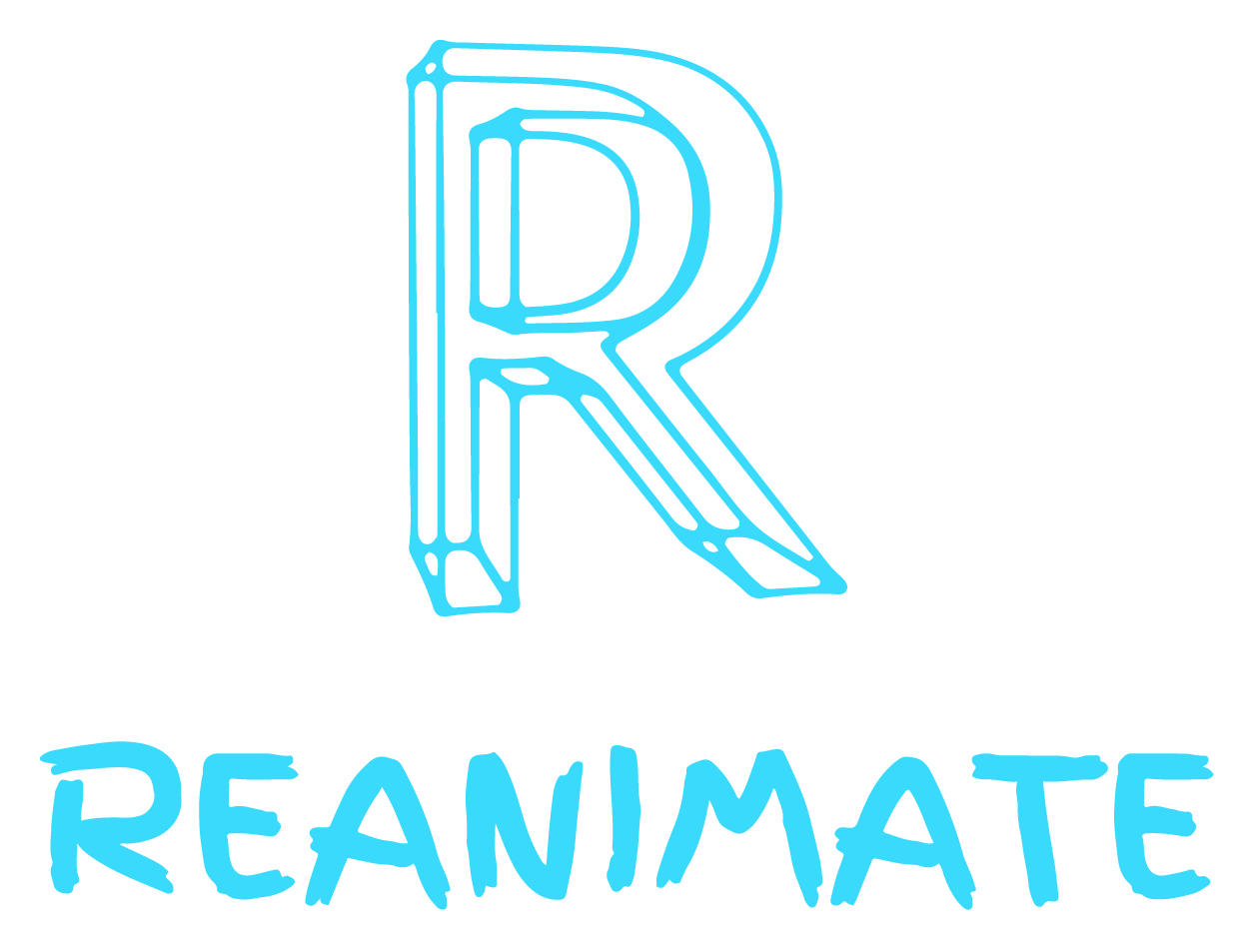
Thanks for reading! Feel free to reach out on the community Slack channel, tweet us at @manifoldscholar, and follow along with development on Github.